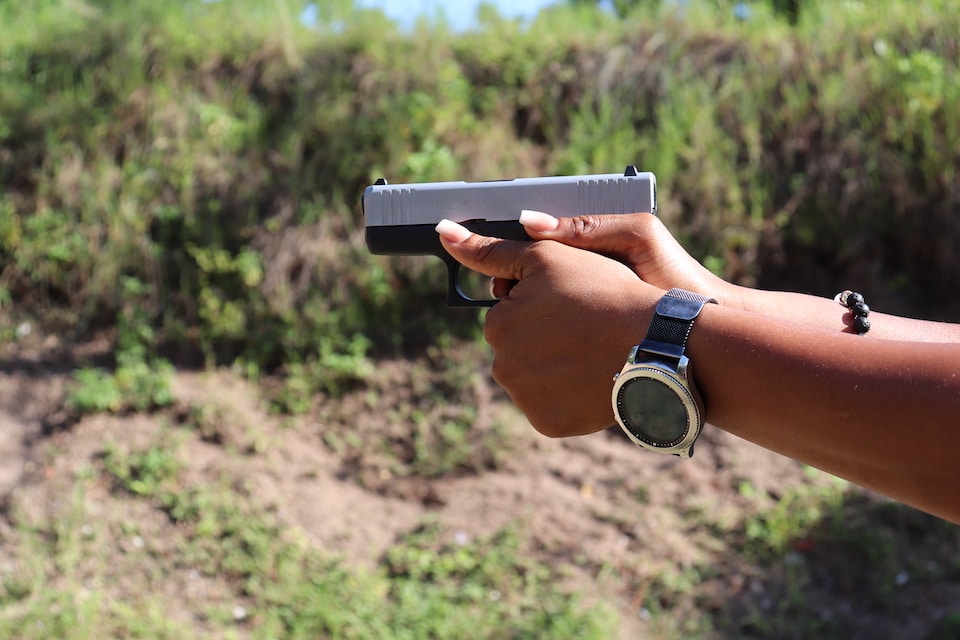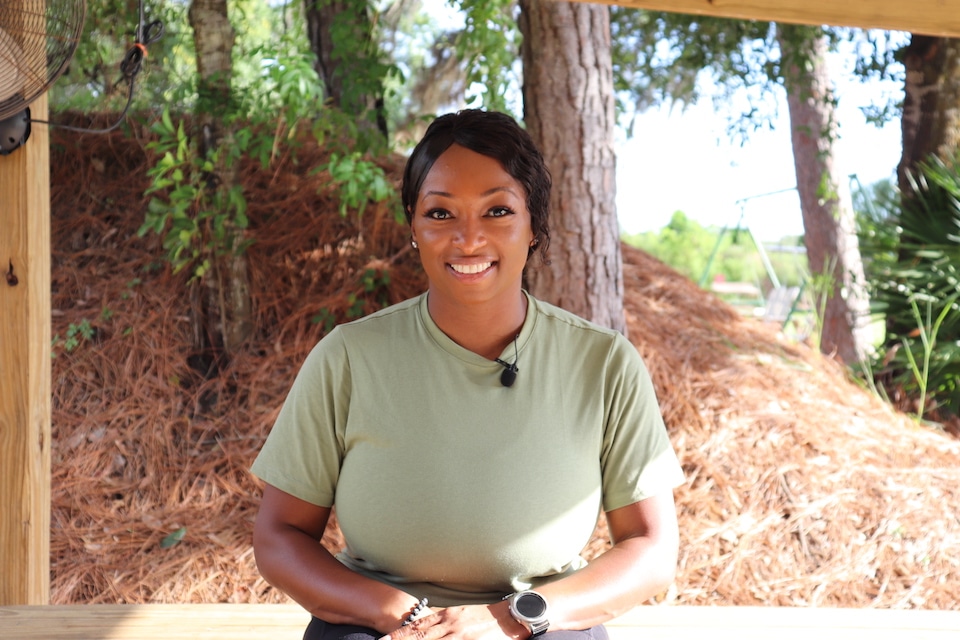Women’s Outdoor News and Avery Skipalis bring you an article covering shooting fundamentals and their importance in relation to meeting marksmanship goals.
Sponsored by GLOCK
Shooting fundamentals are the true foundation of effective marksmanship. It isn’t easy to accurately and effectively engage your target without understanding these foundational skills. Fully understanding shooting fundamentals contextually, and then physically practicing them, will take your shooting skills to the next level.
There are various ways you can participate in the shooting sports, such as hunting, competition shooting or shooting for leisure, to name a few. One thing remains constant, and that’s your shooting fundamentals. Shooting fundamentals are the core competencies of effective marksmanship. You can always mentally reference the fundamentals while practicing to ensure you are on the right track.
Below I break down the fundamentals into individual principles, focusing on each aspect of shooting. Applying these principles together will enable you to accurately and effectively engage your target. Repeating this fundamental sequence of events during practice will help train your body to get the accuracy you desire.

Stance – How you stand or shoot on the move with the firearm. Always ensure that you have a stable platform.
Grip – How you hold the firearm. Ensure your grip is firm. Be careful not to over-grip the firearm.
Sight Alignment/Sight Picture – How you aim the firearm. You line up the sights on your firearm and superimpose them onto your target.
Trigger Control – How you press the trigger. Slowly pull the trigger to the rear, careful not to jerk the trigger.
Breath Control – How you breathe while shooting. Find what works for you. Just ensure you’re not shooting and breathing at the same time. I prefer to breathe in, release, and take my shot while holding my breath at my natural respiratory pause.
Follow-Through – How you consistently repeat the process mentioned above.

If you are not reaching your desired marksmanship results, be sure to refer back to your shooting fundamentals to self-diagnose any issues. Also, consider attending a live training class with an instructor or grab a training aid like the Mantis X10 (mentioned above) to further develop your shooting prowess.
Avery Skipalis is the owner of Skip’s Tactical Solutions, an organization that focuses on empowering women, men and children to make sure that no one else becomes a victim. She gained her firearms experience from the military where she’s been a military firearms instructor for 10.5 years. She’s also a certified NRA rifle and pistol instructor and Glock Advanced Armorer since 2015. She’s attended Sig Sauer Academy, FNH, Special Operations Command Armorers courses as well as multiple Advanced Shooting Schools across the United States. She resides in Florida with her husband and 2 kids. She’s currently serving in the United States Air Force and loves sharing her passion with others. She thinks it’s important that women also feel like they’re in control of their own safety. View all posts by Avery Skipalis